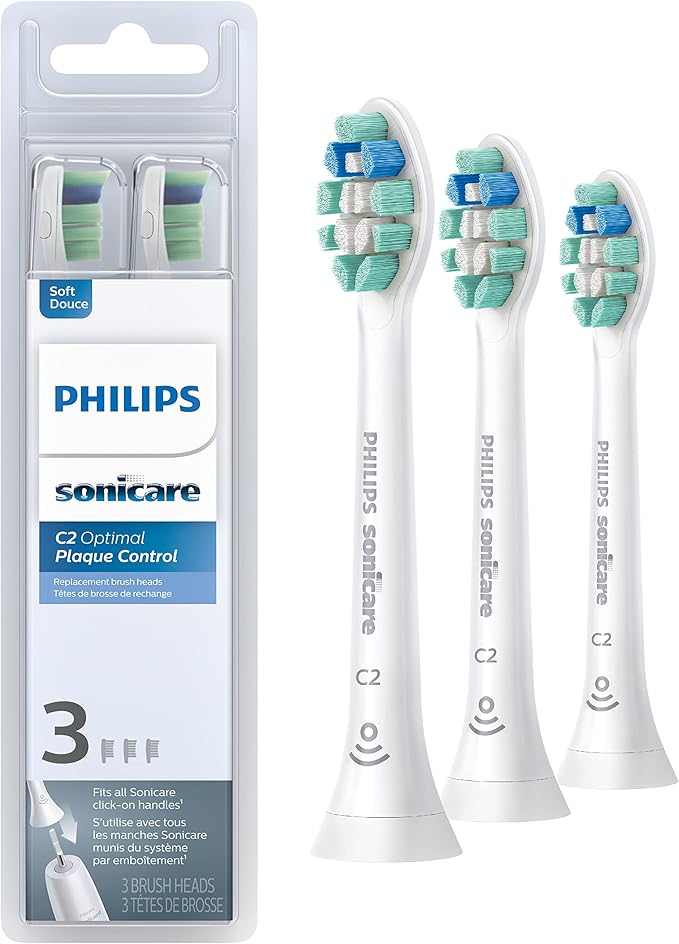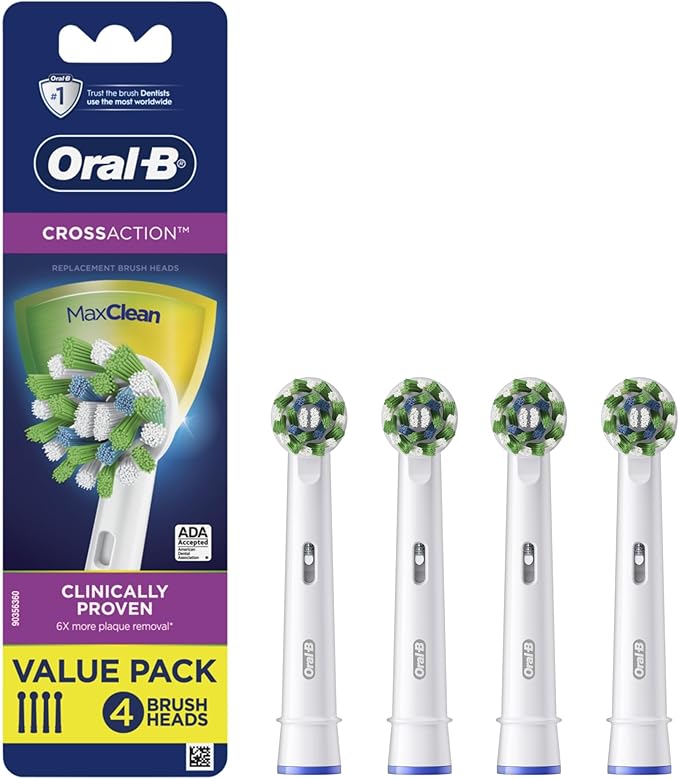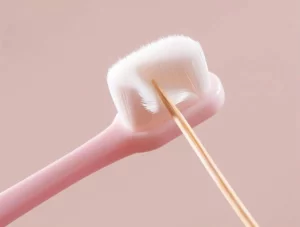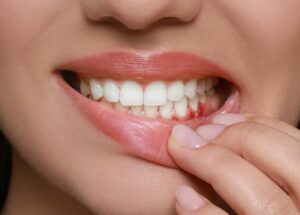Most people know the importance of brushing their teeth twice a day. But what many don’t realize is that the tool you’re using matters just as much as how often you use it. If you’re brushing regularly with an old, frayed, or bacteria-laden toothbrush head, you may be doing more harm than good.
In this comprehensive guide, we’ll cover:
How often you should replace your toothbrush or electric toothbrush head
Why this matters for your oral and overall health
The hidden risks of not replacing your toothbrush head on time
How to choose the right replacement
Product recommendations and maintenance tips
Why Replacing Your Toothbrush Head Is So Important
1. Worn Bristles Are Less Effective
The bristles on your toothbrush do the work of dislodging plaque and food debris. Over time, they become soft, bent, and lose their precision. This means:
Plaque builds up faster
Staining increases
Risk of cavities and gum disease rises
2. Bacteria and Mold Accumulation
Your toothbrush lives in a damp environment, often near a toilet or sink. This makes it an easy breeding ground for bacteria, mold, and fungi. Even with regular rinsing, buildup can occur, especially on electric toothbrush heads with internal mechanisms.
3. Risk of Reinfection
After illnesses like the flu, strep throat, or even COVID-19, your toothbrush can harbor lingering germs. Continuing to use the same head could lead to reinfection or extend your recovery time.
4. Gum Damage from Old Bristles
Worn-out bristles may be rough or uneven, and can irritate or damage your gums. This can lead to:
Receding gum lines
Bleeding during brushing
Increased sensitivity
How to Know It's Time to Replace It
Visual Signs:
Bristles fan outward or are no longer upright
Discoloration or debris near the base of bristles
Plastic head or brush neck is cracked or worn
Performance Signs:
- Brushing doesn’t feel as effective
- Bad breath persists even after brushing
- Gums feel sore or irritated
For Electric Toothbrushes:
Most electric toothbrush heads have indicator bristles that fade in color (often blue or green). When they reach halfway faded, it’s time to replace the head
Manual vs. Electric Toothbrush Head Lifespan
| Brush Type | Recommended Replacement | Notes |
|---|---|---|
| Manual Toothbrush | Every 3 months | Replace sooner if bristles are frayed |
| Electric Brush Head | Every 2–3 months | Follow manufacturer guidelines |
What Happens If You Don't Replace It?
Neglecting to replace your brush head can cause:
Increased plaque buildup
Tartar (hardened plaque)
Gum disease (gingivitis, periodontitis)
Higher risk of cavities
Ineffective fluoride delivery from toothpaste
Over time, this could result in costly dental treatments, from fillings and deep cleanings to crowns or root canals.
Our Top Brush Head Recommendations
Philips Sonicare C2 Optimal Plaque Control (3-Pack)
- Fits most Sonicare handles
Reminder bristles fade over time
Clinically proven plaque removal

Oral-B CrossAction Replacement Heads (4-Pack)
- Criss-cross bristle design for deep cleaning
- Color-fade reminder bristles
- Compatible with most Oral-B handles







